JBA-PBP (Pain Relief Physical Medicine Device with 4 Patches):
The JBA-PBP version of the ONE by JBA Pain Relief Physical Medicine Device is designed to offer comprehensive pain relief and healing with its unique configuration of four patches. These patches deliver a combination of Low-Level Laser Therapy (LLLT), Electrical Muscle Stimulation (EMS), and Transcutaneous Electrical Nerve Stimulation (TENS) to target pain and promote recovery effectively. Here are some key features and benefits:
- Enhanced Coverage: With four patches, the JBA-PBP version provides broader coverage, allowing users to treat larger areas of pain or multiple pain sites simultaneously.
- Versatility: Users have the flexibility to use all four patches at once for comprehensive pain management or to target specific areas of pain with individual patches.
- Customizable Treatment: Each patch can be independently controlled, allowing users to adjust settings and treatment modes according to their unique pain needs.
- FDA Clearance: The JBA-PBP version has received FDA clearance, ensuring its safety and efficacy for public use at home.
Introducing the ONE by JBA Pain Relief Physical Medicine Device:
Product Overview: The ONE by JBA Pain Relief Physical Medicine Device is an advanced at-home tool for alleviating chronic pain and enhancing healing. It employs cutting-edge technology to offer both convenience and versatility, empowering users to address their pain from the comfort of home.
Benefits:
- Effective Pain Relief: By targeting pain at its source and promoting natural healing processes, the ONE by JBA device offers effective relief from chronic pain conditions, including muscle pain, joint pain, neuropathy, and more.
- Convenience: With the ability to use the device at home, users can manage their pain on their own schedule, without the need for frequent visits to healthcare providers or clinics.
- Cost-Effective: Investing in the ONE by JBA device can potentially save users money in the long run by reducing the need for expensive pain medications, doctor visits, and other treatments.
- Improved Quality of Life: By providing relief from pain and discomfort, the device can help users regain mobility, improve sleep, and enhance overall quality of life.
Conclusion: The ONE by JBA Pain Relief Physical Medicine Device offers an innovative solution for individuals seeking effective, convenient, and non-invasive pain relief at home. With its advanced technology, customizable treatment options, and user-friendly design, it represents a valuable addition to any pain management regimen, empowering users to take control of their pain and live life to the fullest.
HISTORY
I. Low-Level Laser Therapy (LLLT), also known as cold laser therapy or photo biomodulation therapy, has been used in the treatment of chronic pain for several decades.
- Discovery and Early Development (1960s-1970s):
⮚ In the 1960s, Theodore H. Maiman created the first laser, laying the foundation for medical laser use.
⮚ Hungarian physician Endre Mester discovered the positive effects of low-level laser therapy (LLLT) on hair growth in mice in 1967.
⮚ Further research confirmed LLLT’s benefits for tissue repair and regeneration. - Early Clinical Applications (1980s-1990s)
⮚ In the 1980s and 1990s, researchers explored LLLT’s potential for pain relief, focusing on conditions like musculoskeletal pain and wound healing.
⮚ While initial results were promising, the exact mechanisms of LLLT’s benefits were not fully understood. - Advancements and Increased Acceptance (2000s-Present):
⮚ Technological advancements and improved understanding led to wider acceptance of LLLT in pain management.
⮚ Clinical trials showed LLLT’s effectiveness for chronic pain conditions like back pain and osteoarthritis.
⮚ LLLT is often used alongside other treatments and is popular due to its non-invasiveness and minimal side effects.
⮚ Ongoing research explores LLLT’s biological mechanisms and potential applications. - Regulatory Status and Guidelines:
⮚ LLLT devices are cleared by regulatory agencies like the FDA in the US for pain management and tissue repair.
⮚ Professional organizations and clinical guidelines may recommend LLLT based on available evidence.
Overall, LLLT’s history shows a progression from early discovery to widespread clinical use, supported by research. It remains an important tool in pain management with ongoing advancements in understanding and application.
II. Electrical stimulation for pain management has a long history, with both EMS (Electrical Muscle Stimulation) and TENS (Transcutaneous Electrical Nerve Stimulation) being widely used modalities. Here’s a brief overview of their history:
- Early Experiments and Development (19th Century):
⮚ Electricity’s medical use traces back to the 18th and 19th centuries.
⮚ Luigi Galvani’s late 18th-century experiments showed electricity’s effects on muscles and nerves.
⮚ Michael Faraday’s early 19th-century work on electromagnetic induction laid the foundation for medical electrical devices. - Early 20th Century:
⮚ In the early 20th century, Albert Abrams experimented with electrical stimulation for pain relief.
⮚ Understanding of electrical stimulation and its pain-relief mechanisms was limited. - Mid-20th Century:
⮚ Mid-20th-century research focused on systematic exploration of electrical stimulation for pain management.
⮚ Electrical Muscle Stimulation (EMS) gained popularity for rehabilitation.
⮚ Transcutaneous Electrical Nerve Stimulation (TENS) was developed in the 1960s for pain reduction. - 1970s-1980s:
⮚ Extensive research during this period validated TENS efficacy in acute and chronic pain reduction.
⮚ EMS remained prominent in sports medicine and physical therapy. - 1990s-Present:
⮚ Technological advancements led to more effective EMS and TENS devices.
⮚ Both EMS and TENS are widely used for various chronic pain types.
⮚ Ongoing research explores their mechanisms and combination therapy potential.
Overall, EMS and TENS evolved from early experiments to established pain management tools, offering non-invasive options for improving patient quality of life.


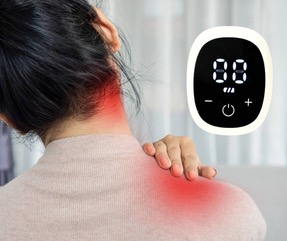











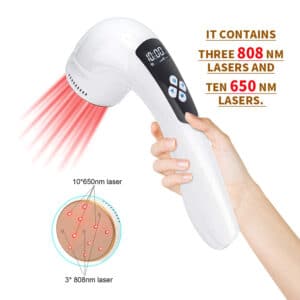

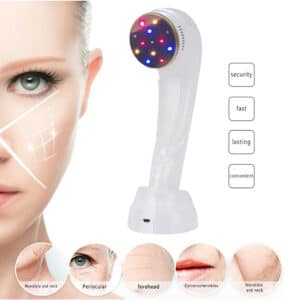
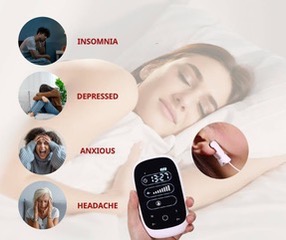
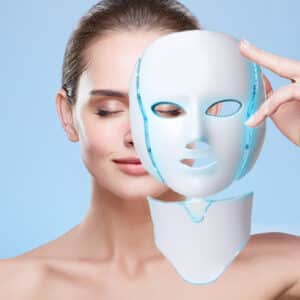
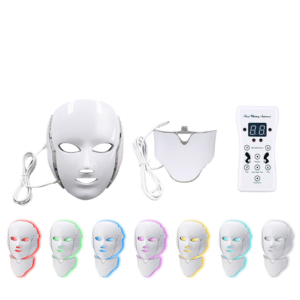
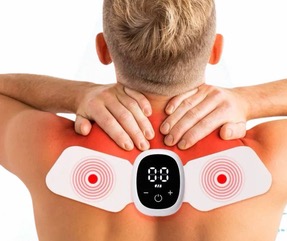
Reviews
There are no reviews yet.